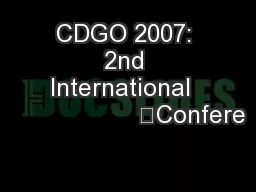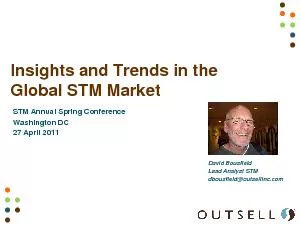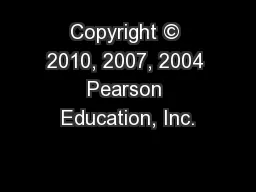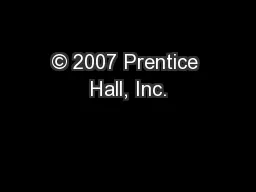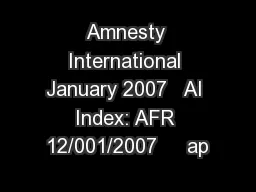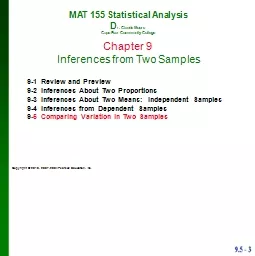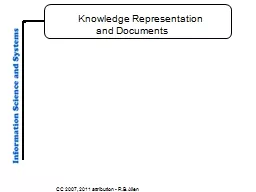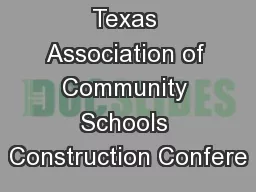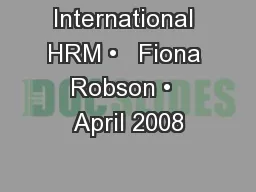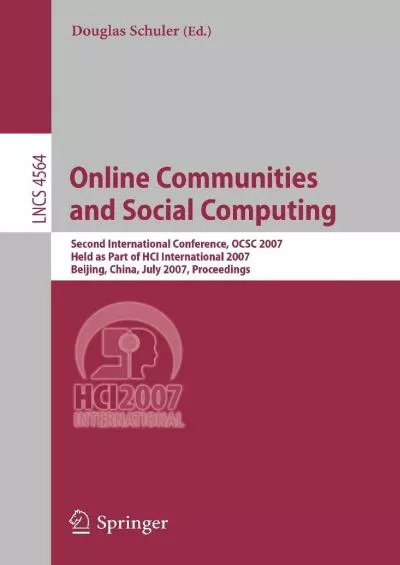PPT-CDGO 2007: 2nd International Confere
Author : lois-ondreau | Published Date : 2017-12-23
on Complementarity Duality and Global Optimization in Science and Engineering February 28March 2 2007 Industrial and Systems Engineering Department A CategoryTheoretic
Presentation Embed Code
Download Presentation
Download Presentation The PPT/PDF document "CDGO 2007: 2nd International ..." is the property of its rightful owner. Permission is granted to download and print the materials on this website for personal, non-commercial use only, and to display it on your personal computer provided you do not modify the materials and that you retain all copyright notices contained in the materials. By downloading content from our website, you accept the terms of this agreement.
CDGO 2007: 2nd International Confere: Transcript
Download Rules Of Document
"CDGO 2007: 2nd International Confere"The content belongs to its owner. You may download and print it for personal use, without modification, and keep all copyright notices. By downloading, you agree to these terms.
Related Documents

